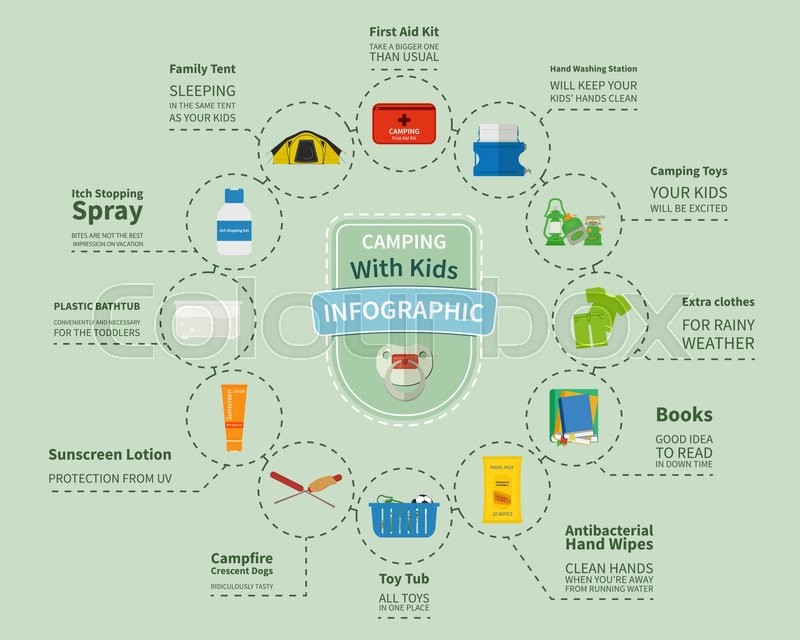While both offer strengths in different settings, it is very important to figure out which kind of insulation will best serve your demands. The insulation you pick influences heat, weight, water resistance, compressibility and price.
Down is harvested from waterfowl, normally ducks or geese. It is prized for its lightness, very easy compression and insulating properties. Nevertheless, down becomes less reliable when wet.
Warmth-to-Weight
A high warmth-to-weight proportion is desired in exterior clothing and equipment. The shielding residential properties of down feathers make them a wonderful choice for this purpose, as they are incredibly warm and light-weight.
Nonetheless, down sheds its insulating abilities when it splashes, suggesting it requires to be coupled with a waterproof covering. Additionally, some individuals are allergic to down, making synthetic coats a better choice for them.
Artificial insulations are generally made from recycled polyester and developed to resemble down's shielding residential properties. They are not as light-weight as down, however they do not shed their shielding capabilities when they splash and completely dry more quickly than down. They are likewise extra economical than down. Nonetheless, their lifespan is much shorter than down, resulting in greater upkeep and substitute costs.
Water Resistance
The insulation you select for your job coat will make a big distinction in just how comfy you feel outdoors. Nevertheless, the kind of insulation you choose also has substantial implications for your sustainability goals.
Down is an excellent insulator for a variety of factors. It's light-weight, compressible, and supplies a good warmth-to-weight ratio. Nonetheless, it doesn't fare well when it gets wet. Down globs up and sheds its loft space when wet, which can substantially decrease its capacity to trap warmth.
Synthetic insulation products, such as Thinsulate and Primaloft, hold up far better versus damp problems. They commonly have a limited weave or chemical coating that keeps water from permeating the material. This permits the insulation to continue to be breathable, even if damp. It's worth noting that synthetics can also be awkward when wet, however they maintain their insulating homes.
Compressibility
While goose down does have a remarkable warmth-to-weight proportion, artificial insulation executes in a similar way. However, unlike down which absorbs and sheds its shielding capacities when damp, artificial insulation does not. Because of this, it can keep its loft and catch cozy air in wet conditions.
Typically made from polyester sheets or clusters that mimic down, the most usual synthetic insulation brands consist of PrimaLoft, FullRange, Thermoball and Patagonia's PlumaFill. While it still can not match down's loftiness and warmth-to-weight, artificial coats are lightweight, fast to dry and cheaper than down. This makes artificial coats best for damp environments, or if you're prone to sweating greatly. Synthetic coats are additionally much less fragile than down and can take a beating. This longevity extends to their face materials which are generally thicker and more sturdy than down.
Sturdiness
A major factor to consider in sustainability is a product's durability and toughness. All-natural materials like cork, ThermaCork expanded cork and Havelock woollen last longer than artificial alternatives like fiberglass and vinyl. They likewise require less upkeep and can withstand extreme ecological conditions.
Nevertheless, all-natural insulation does not execute as well when wet as synthetic options. Woollen and fleece clump together when damp, compromising their capability to catch heat. Artificial insulation, on the other hand, does not absorb wetness and remains to protect also when saturated.
This makes artificial insulation perfect for damp environments and strenuous activities where you may sweat heavily. It's likewise much easier to clean and dries base camp out faster than down. This included toughness and integrity make synthetic insulation an overall champion in this classification. This equates to long lasting protected job boots that last long and keep you warm up through demanding environments.
Sustainability
Natural materials provide biodegradability and a smaller sized environmental footprint, while synthetic alternatives brag toughness and cutting-edge applications that sustain power performance. Nevertheless, it is very important to comprehend real environmental impact of these insulation products from cradle-to-grave.
As an example, if an all-natural insulation material needs to take a trip a far away from its source to the building website, transportation-related emissions boost its general carbon footprint. Choosing in your area sourced and recycled products reduces that impact. And, choosing GREENGUARD and Cradle to Cradle qualifications guarantees that insulation is without unpredictable organic substances (VOCs) and sustains responsible sourcing and labor conditions.
Lamb's woollen and cork are renewable insulation sources that are gathered without damaging the tree or plant. Both have actually the added benefit of being naturally resistant to mold and mildew, insects and wetness.
